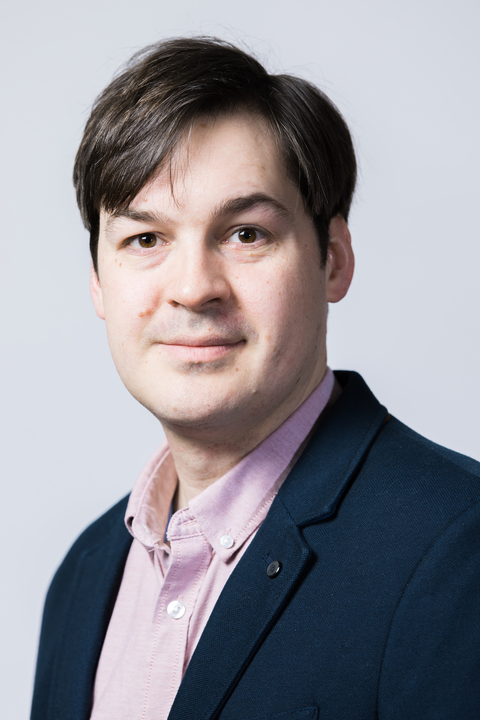
Civil and Environmental Engineering

- 2013 Doctor of Philosophy, University of Edinburgh
- 2008 Master of Engineering, University of Edinburgh
Prof. Lindsay Beevers joined the University of Edinburgh in January 2022 as the Chair in Environmental Engineering. She is a Civil Engineer with over 20 years’ experience and is author to over 50 peer reviewed journal papers in high impact journals, and 6 book chapters.
She has worked both in industry as an engineer (Jacobs 2003-2007) as well as in academia. From 2007-2010 she worked in the Netherlands at UNESCO-IHE Institute for Water Education (now known as IHE Delft) where she was involved in education, capacity building and research projects in river systems across the world. Most of her work was focussed in Africa on the Nile and the Zambezi basins, and Asia on the Mekong river. In 2010 she joined Heriot-Watt University and in 2016 was awarded an EPSRC LWEC Challenge Fellowship to focus on Water Resilient Cities, focussing on climate change uncertainty and how we can adapt to its impacts for UK cities. In addition she was involved in research on climate change impacts to water resources across India, Sub-Saharan Africa and South America.
PhD: Civil Engineering - University of Glasgow: Morphological sustainability of estuarine barrages
M.Eng: Civil Engineering with Geology - University of Glasgow
PGCert: Academic Practice - Heriot Watt University

- BEng, Civil Engineering, University of Liverpool
- MSc, Highway and Traffic Engineering, University of Birmingham
- PhD, University of Birmingham
- FIEE, Fellow of the Institution of Electrical Engineers
- FIHT, Fellow of the Institute of Highways & Transportation
- FINDT, Fellow of the British Institute of Non-Destructive Testing
- CEng, Chartered Engineer
- FREng, Fellow of the Royal Academy of Engineering
- FICE, Fellow of the Institution of Civil Engineers
- Geotechnics: Earthworks & Site Investigation
- Non-destructive testing (NDT) of concrete and masonry - bridges & structures - radar, sonics, ultrasonic tomography, acoustic emission (AE)
- Director: Institute for Research in Engineering, University of Edinburgh
- Editor: Journal: "Construction & Building Materials", Elsevier Science
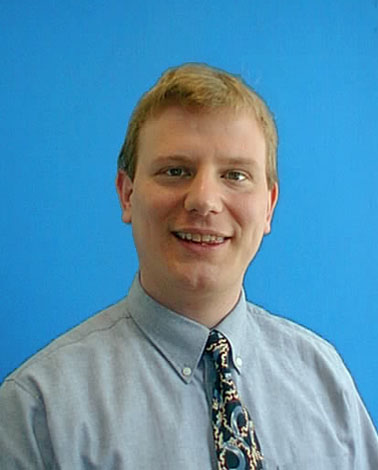
- Abitur, Humanistisches Gymnasium Christianeum, Hamburg
- BEng (Hons) Civil Engineering, University of Edinburgh
- PhD, Cambridge University (Peterhouse)
- Steel design/Shell structures
- Containment structures
- Mechanics of granular materials
- Stability of thin-walled structures
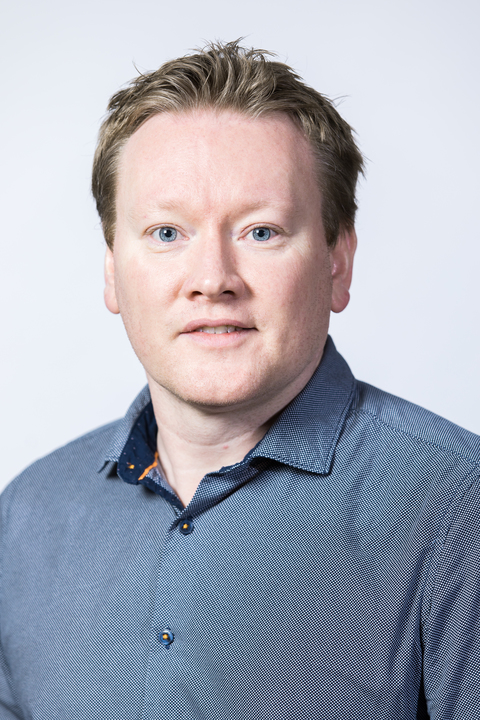
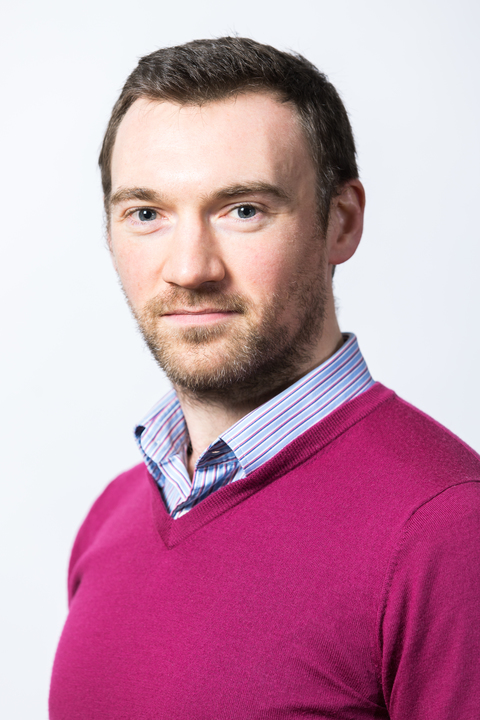
Dr. Chris Beckett joined the School in early 2017. His research interests are the advanced geotechnical and structural characterisation of stabilised and unstabilised unsaturated soils used as construction materials; geotechnical characterisation of agricultural soil constraints (compaction and water repellency); and centrifugal scale modelling of soil structural behaviour. He lectures in Foundation Engineering and holds an Adjunct Reseach Fellow position at the University of Western Australia.
PhD in Geotechnical Engineering, Durham University (2011)
MEng (hons) in Civil Engineering, First Class, Durham University (2008)
- Chair: Standards Australia Committee BD-083 Earth Building
- Member: RILEM TC 274-TCE Testing and characterisation of earth-based building materials and elements
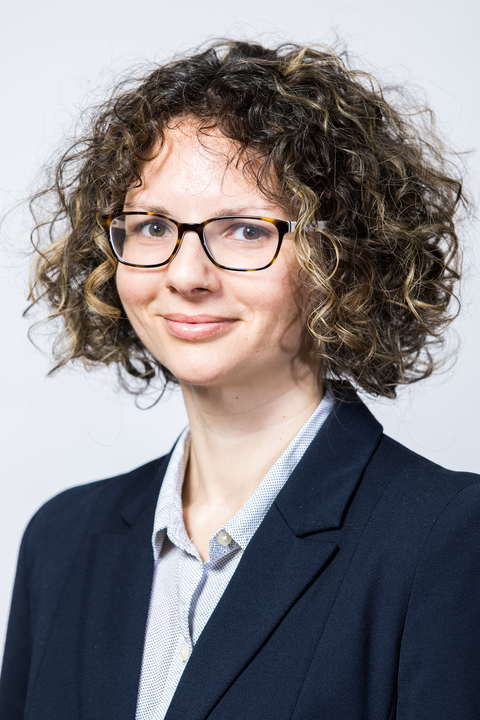
- PhD in Environmental Engineering, Technical University of Crete
- MSc in Environmental Engineering, Technical University of Crete
- Diploma (BEng/MEng) in Chemical Engineering, Aristotle University of Thessaloniki
- Fellow of the Higher Education Academy (FHEA)
- Year 4/5, Water and Wastewater Systems 4
- Year 3, Conceptual Design and Sustainability 3
- Year 2, Environmental Engineering and Sustainability 2
- Wastewater treatment
- Water disinfection
- Environmental sustainability
- Advanced oxidation processes
- Photocatalysis
- Electrolysis
- Life cycle assessment
- Microplastics
